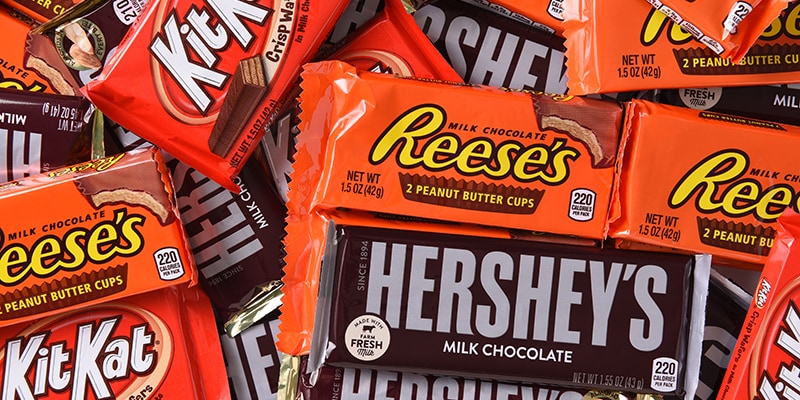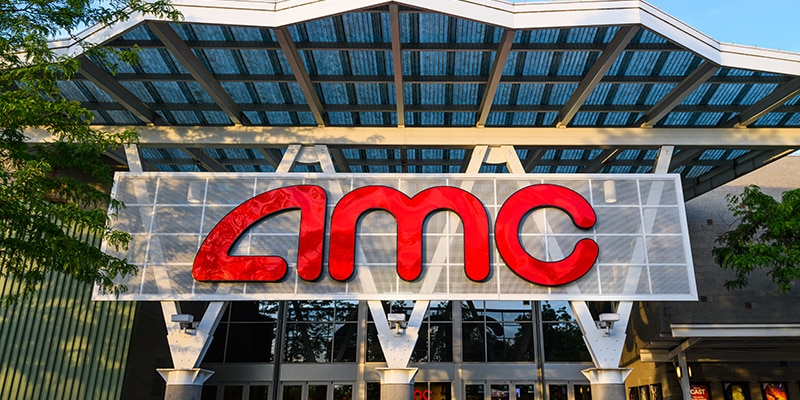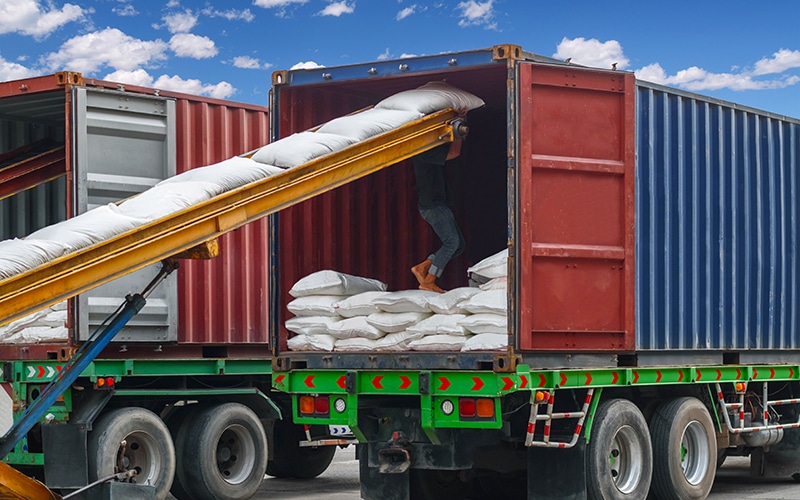As Halloween looms, candy manufacturers face a worldwide sugar shortage, coupled with elevated prices, adding complexity to their supply chains.
Sugary Setbacks:
Halloween’s sweet treats encounter a global sugar scarcity, even as candy makers secure raw materials.
Sugar supply bottlenecks result from various factors:
Transportation Disruptions: Supply chain hiccups lead to port gridlocks and carrier shortages, delaying sugar deliveries.
Trade Constraints: Regulations mandate candy producers to source at least 85% of sugar domestically, amplifying current shortages. Sanctions against major sugar-producing nations like Russia further aggravate the issue.
Climate Change Impact: Global warming and extreme weather events, like heatwaves, curtail growing seasons, decrease crop yields, and shrink sugar availability.
Crop Failures: Both national and international sugar producers contend with significant crop failures. Some attribute the sugar production decline to El Niño.
Compliance in Chocolate:
Forward-thinking food companies leverage advanced supply chain technology to enhance shipment quality compliance, ensuring products meet standards before reaching stores or distribution centers.
For instance, a leading global chocolatier boosted its cold chain compliance significantly, soaring from 59% to over 85%, by adopting Roambee’s AI-driven supply chain intelligence platform.
Chocolate’s Tech Transformation:
Roambee’s system continuously monitors real-time conditions within and outside reefer containers across various shipping lanes year-round.
Analyzing sensor data, encompassing location, temperature, humidity, and more, Roambee’s AI pinpoints the top 20 lanes responsible for over 60% of temperature and humidity breaches.
By focusing investments on premium transport models for these critical lanes, the chocolate company realized substantial cost savings.
Sensory Solutions:
Harnessing real-time sensor data, the chocolatier successfully delivered 26 million pounds of candy annually without compromising quality. The technology also detected anomalies within its supply chain operations and enhanced cold chain compliance forecasts, scrutinizing lanes, transport partners, and seasonal variations.

Sweet Success: Top Candy Brands and Market Insights
The confectionery market in the United States continues to thrive, driven by popular candy brands and economic factors:
Leading Candy Brands by Revenue (2022 Annual Sales):
Hershey Company – $10.4 billion
Kit Kat – $2.1 billion
Reese’s Peanut Butter Cups – $2 billion
M&Ms – $912 million
Twix – $297 million
Market Insights:
Current total confectionery market sales: $42.6 billion, influenced by inflation.
The U.S. candy production industry had a market size of $12.9 billion in 2022.
Projected total confectionery sales for 2027 are estimated at $54.3 billion.
Sources: Euromonitor, Zippier

AMC Entertainment Holdings Plans to Produce Its Own Candy
In response to significant price hikes from candy manufacturers and supply chain challenges, AMC Entertainment Holdings intends to venture into candy production and sell its confectionery products in its theaters.
During an earnings call, AMC’s Chairman and CEO, Adam Aron, explained that candy manufacturers had raised their prices considerably due to pandemic-related disruptions and supply chain shortages.
AMC believes it can create a private label featuring popular candy items and offer them at lower prices than the current name brands available in its theaters. Despite the reduced prices, AMC anticipates maintaining higher profit margins, as the cost of manufacturing the private label candy is substantially lower than that of well-known brands.
The entertainment company plans to introduce its private label candy products in theaters either in late 2023 or early 2024.

SUGAR RUSH
The average American consumes an estimated 8 pounds of candy per year, with children eating even more.

